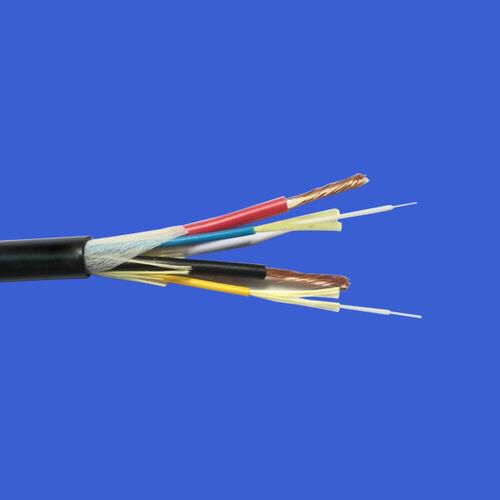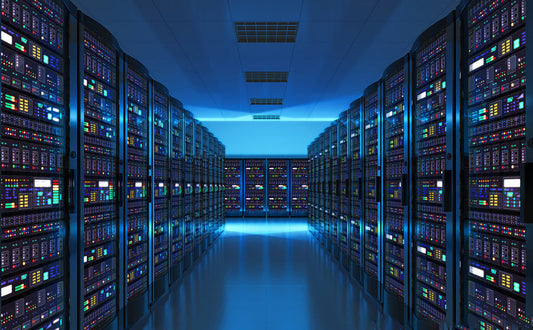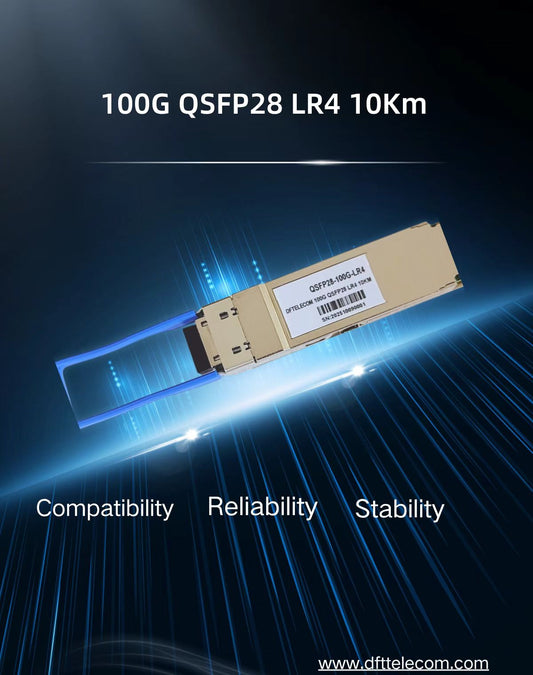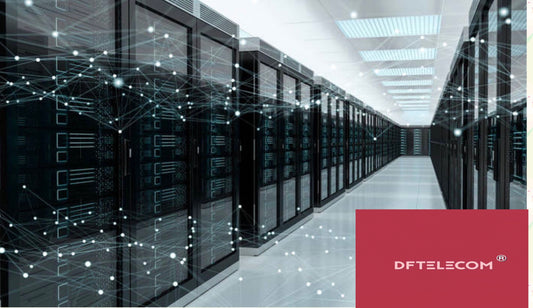Single - mode fiber has a smaller core (usually 8 - 10μm) and allows only one path for light to travel, which results in minimal dispersion and high bandwidth. It's suitable for long - distance, high - speed data transmission, such as in backbone networks or long - haul communication links . Multi - mode fiber, on the other hand, has a larger core (typically 50 - 62.5μm) and supports multiple light paths, causing more dispersion and having lower bandwidth. It's commonly used for short - distance applications within buildings or campuses . Understanding these differences is crucial for network design because using the wrong type of fiber can lead to signal degradation, limited bandwidth, and increased costs. For example, in a data center where high - speed data transfer over short distances is required, multi - mode fiber might be a cost - effective choice, while for connecting different cities, single - mode fiber is essential .







